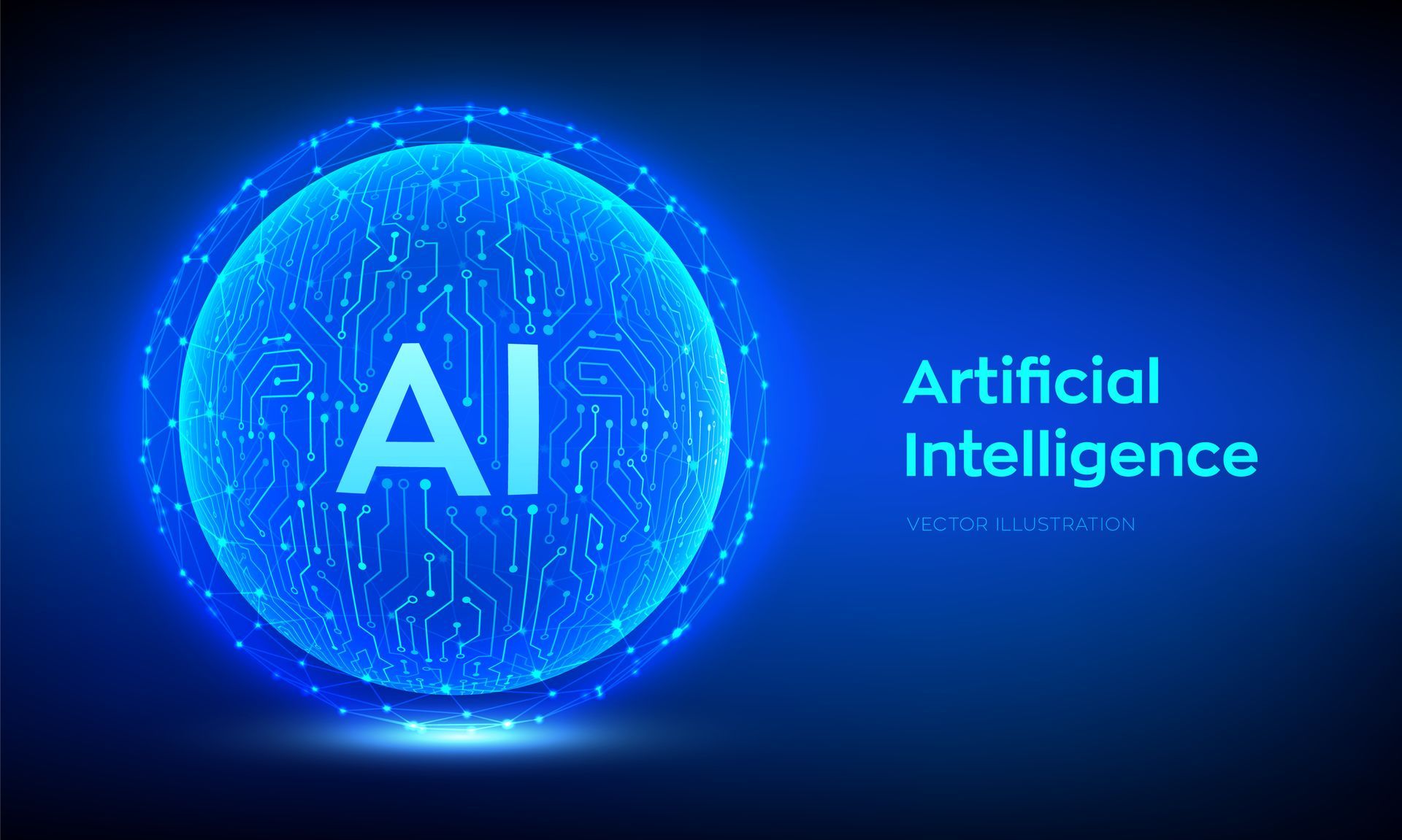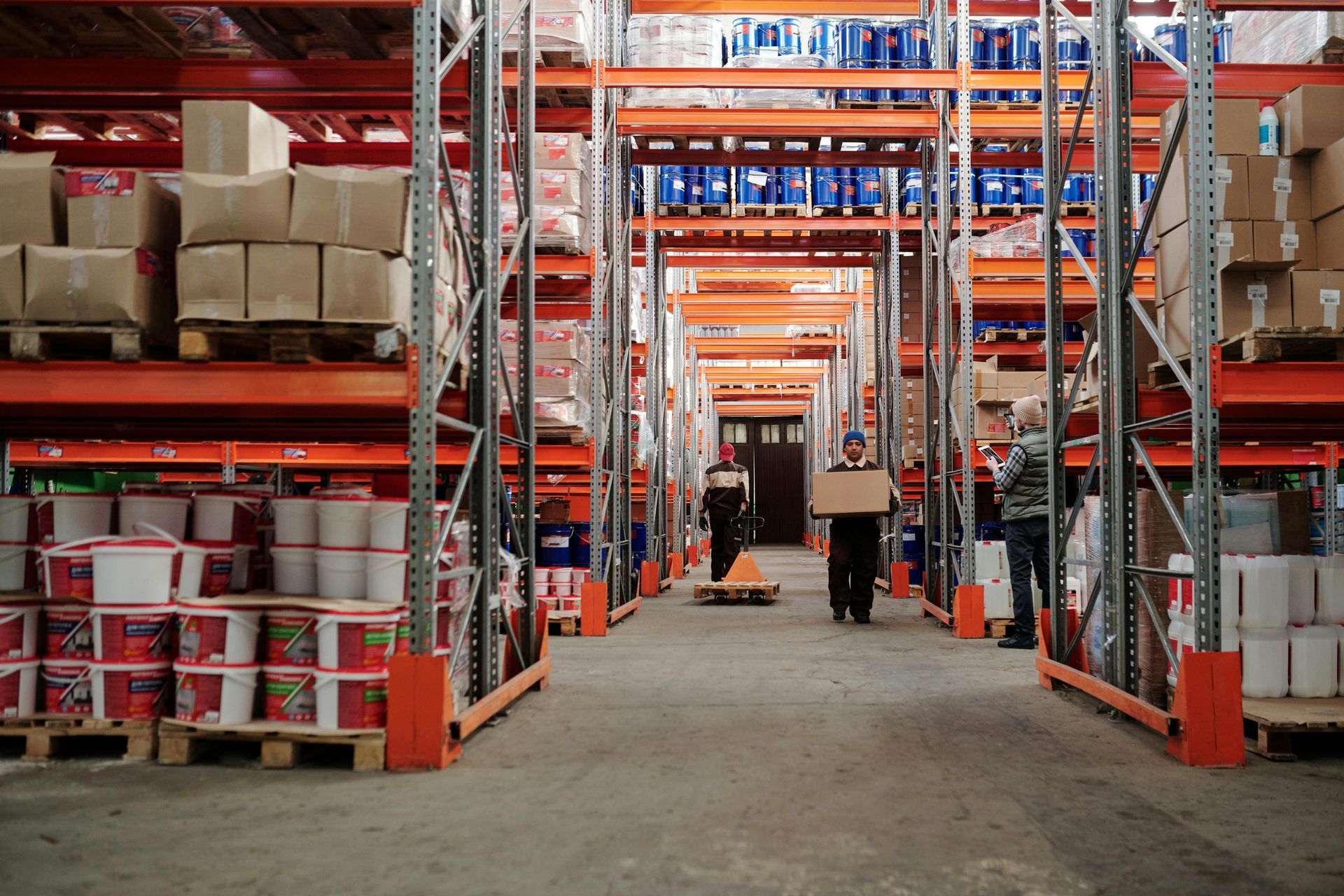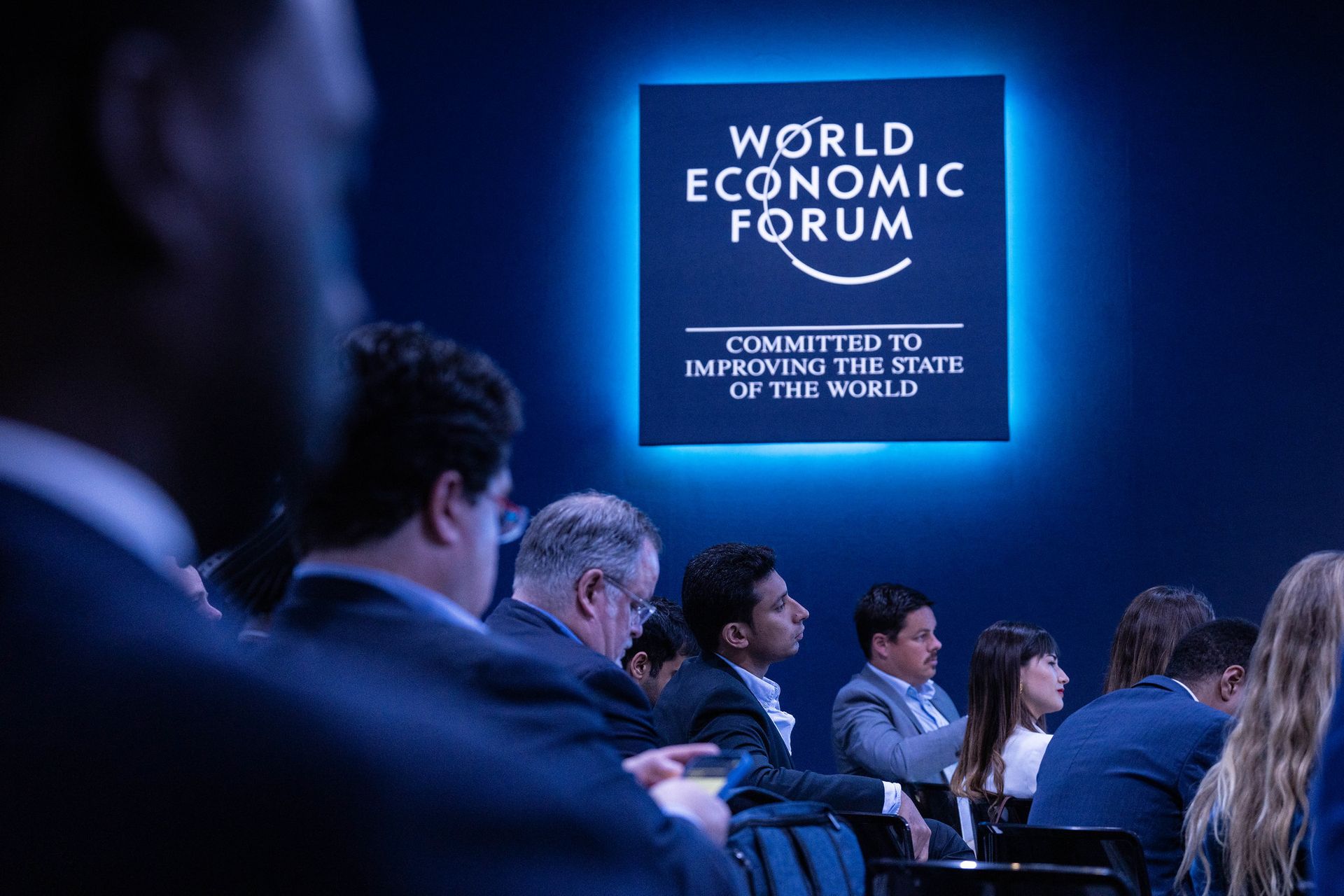

December 10, 2024
he World Economic Forum announces today that 22 innovative manufacturers have joined the Global Lighthouse Network, expanding the community to 172 leading production facilities and value chains that harness digital technologies at scale to drive next-generation operational excellence, environmental sustainability and workforce development.
Amid global supply chain disruptions, technological advances and growing environmental pressures, sustainable transformation of global production has become critical to fuel much-needed productivity gains. The growing Global Lighthouse Network and its diverse members demonstrate how to harness artificial intelligence (AI) and other advanced technologies in tackling these challenges where others have struggled to do so, future-proofing the industry by enhancing agility, resilience and environmental responsibility.
The latest cohort of 19 Fourth Industrial Revolution and three Sustainability Lighthouses spans 10 countries: China, the Czech Republic, Germany, India, Mexico,

December 10, 2024
A new report released today by the World Economic Forum provides a comprehensive framework for governments and companies identifying the factors that make a location attractive for investment in manufacturing and supply chains.
Ongoing geopolitical, technological and environmental disruptions are prompting companies to rethink their supply chain network design, with over 90% of leaders prioritizing regionalization and close to two thirds of manufacturers adopting a “power-of-two” geographical approach, ensuring the majority of their direct spending is sourced from two separate regions.
Five key trends are driving this shift – including a move to more regionalized hubs, a transition to a digital-first model of operations, the adoption of more innovative approaches to sustainability and a deeper focus on skills and customer value.
“As global value chains undergo a profound transformation, countries and companies have a unique opportunity to redefine their competitive edge," said Kiva Allgood, Head of the Cen

December 10, 2024
The Fourth Industrial Revolution is changing various social structures. In Japan, the results of these social changes are commonly referred to as Society 5.0. We have progressed from a hunting and gathering society (Society 1.0) to an agricultural society (Society 2.0), an industrial society (Society 3.0) and an information society (Society 4.0), and now a new, human-centered society is dawning. New systems are set to bring together the cyber world and the physical world in sophisticated ways, driving economic development while solving social issues.
Society 5.0 is run by collecting the vast volume of information used in the physical world and transferring it to the cyber world using technology such as sensors. This big data is then analyzed in cyberspace and the results are applied in various forms to our social activities in the physical world.
New technology such as artificial intelligence has an incredible impact here. Robots, self-driving cars and other autonomous technologies make it possible to overc
WeTel TV
A Group Company of WeTel World UAE
We Are Telling Life...
UAE Updates - Events - Golf
Global Partnerships & Influential Economic Hub - UAE
EMAIL US: SUPPORT@WETELWORLD.COM
Phone: +971 56 805 6329
Contact Us
Thank you for contacting us.
We will get back to you as soon as possible.
Team WeTel
Oops, there was an error sending your message.
Please try again later.
or Email us: info@wetelsports.com
Team WeTel
Created with GoDaddy Arabic Website Builder
